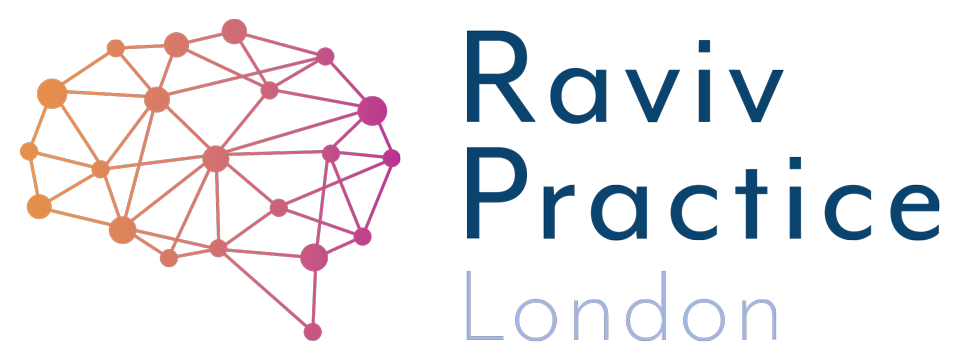Reading: is your child receiving the proper instructions when learning to read?
Synthetic Phonics
It should not be difficult for schools to implement a good, systematic phonics programme into the curriculum. After all, they’ve had nearly thirteen years (since the Rose Report in 2006) to fine-tune it.
But I’m getting six-year-old students through the Practice door who have passed their phonics tests, but still struggle to differentiate between vowel sounds.
Sometimes the issue can be an underlying, undiagnosed problem, such as dyslexia.
This can be particularly frustrating, because children cannot get diagnosed for dyslexia until the age of seven. So, in the interim between starting school and receiving a diagnosis they struggle, losing much-needed motivation and confidence.
Learning to read is reliant on proper instruction
Reading should be fun. The ‘Eureka’ moment when children truly grasps it and picks up reading for themselves is a milestone like no other. It is a moment in each and everyone’s individual history, when those symbols (graphemes) turn from squiggly lines to comprehendible sentences. However parents are not trained to provide the proper instruction for their child to learn to read, this is the teacher’s job.
When teaching children the basics of reading, they must be delivered in the correct way and in the right environment for children to understand.
Talking is natural; infants, babies and toddlers engage with sounds and words from a very early age. However, the sounds are not always perceived with clarity. And as poignantly pointed out by Dr Alfred Tomatis (who pioneered the world’s first listening therapy) “The human voice cannot produce what the ear cannot hear.
So, if a child is getting confused with vowel sounds ‘a’ and ‘u’ or ‘e’ and ‘i’, or any combination of sounds, parents need to be aware. As a parent you need to know.
There are 44 sounds (phonemes) in the English language. If any of the 44 sounds are not spoken with clarity the child cannot process them with clarity, this means the reading process (decoding) is hindered. Teachers and parents need to pick up on this and in a quiet environment teach the child the sounds as a separate exercise.
All 44 sounds (phonemes) need to be understood when listening and should be orally reproduced with precision, only then can we proceed with reading. ‘Over learning’ is one successful method but the information must be precise.
Helping parents share the right instructions for reading
1. Using associated pictures check if your child knows the 44 sounds in the English language (do not share the symbols at the start) download a pdf of alphabet pictures here.
2. Make sure the ‘sound’ instruction is identical to the one in the classroom https://bit.ly/2KHqN12
3. Moving the mouth is necessary for assimilation. Here are the movements https://bit.ly/2BGKbbr. Can they move their mouth with precision when the sounds change?
4. Once the sounds are clear when using associated pictures, proceed to introduce the alphabet symbols (graphemes).
When these four steps have been completed, and the child has displayed a good knowledge and understanding of individual units of sounds and the associated symbols, you are ready to start the reading process (decoding).
What if your child still cannot reproduce the sounds with clarity?
A tool we use is called ForBrain® ForBrain® headphones are ‘bone conduction’ headphones. When you talk using these headphones, you hear your voice. Hearing your voice allows for self-correction and with regular practice, the sounds become embedded in your brain (auditory memory). This tool is in alignment with all the principles set out by Dr Alfred Tomatis; it allows the ears to develop precise listening skills.
However, a quiet room can suffice as a starting point. Action songs can be good too. This way the child is being forced just to listen and implement the actions. Again this is multisensory, and the activities help embed the sounds try: https://bit.ly/2uvREU2 . This song may be perceived as ‘babyish’ for older children, however, if your child has suspected dyslexia you need to go back to this point to make sure it is understood.
The more multi-sensory it is, the easier it’ll be for the child to assimilate, try: https://bit.ly/2FQ8tE3
Often the first steps of teaching your own child are the most difficult, but it is better to learn from your mistakes than have your child wait for three years without the much required assistance.
Is your child reversing letter or numbers when they write?... ...read on
Dyslexia? Dyspraxia? ADHD? ASD? Speech & Language? Developmental Delay? Anxiety?
Is every school day a struggle? As a parent, you may feel exhausted and on this journey alone. Each year you see the gap getting wider. You need to do something - change the approach, help your child learn for themselves, find a way to turn this around - to help while you can - do this NOW. the first step is free.
About the Author
Usha Patel is a Neurocognitive Therapist and Director at Raviv Practice London. Parents searching to help their suspected/neurodiverse child can get evidence-based solutions with results in as little as 8 weeks. Those in search of jargon-free help can get started straight away.

